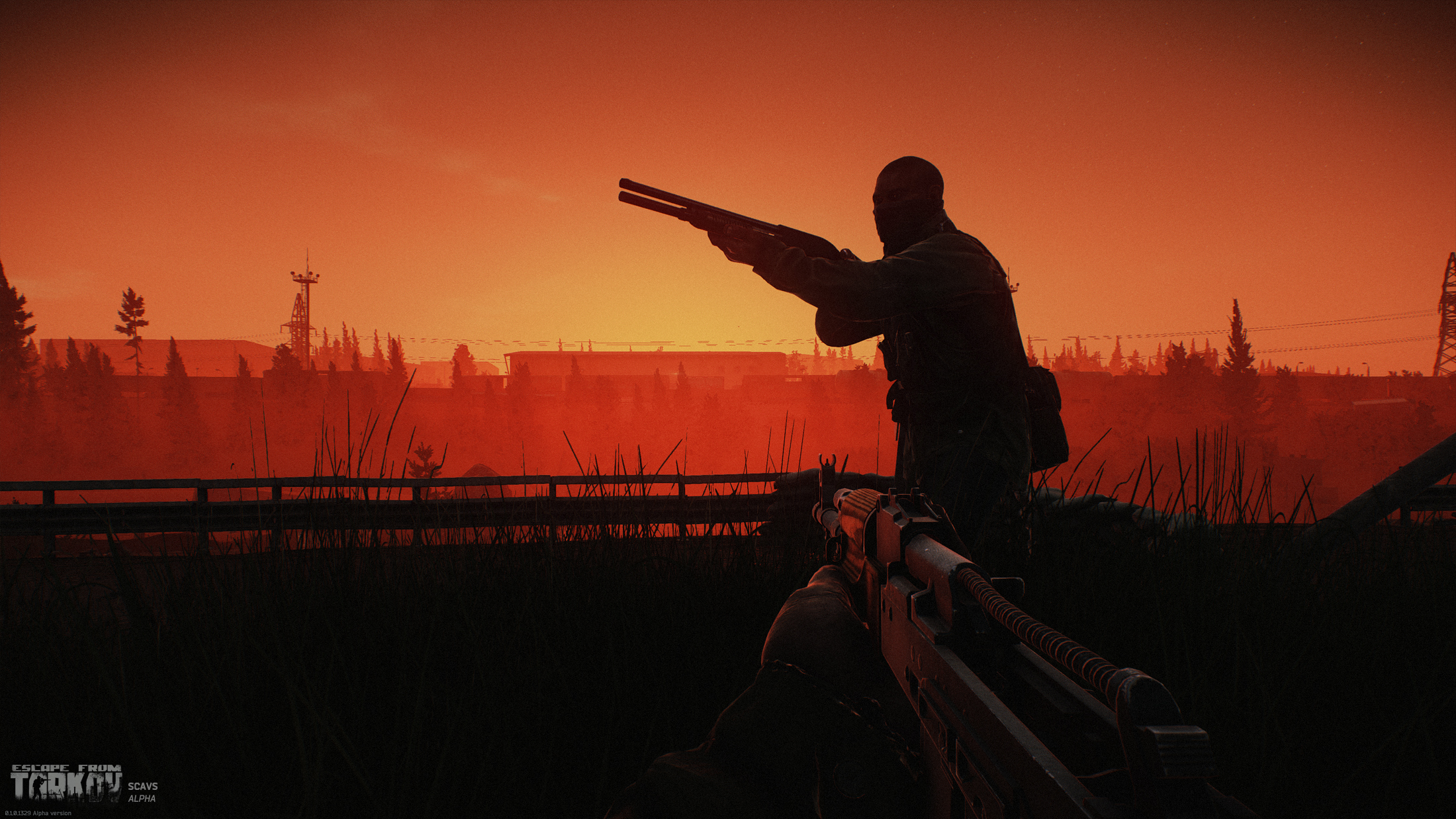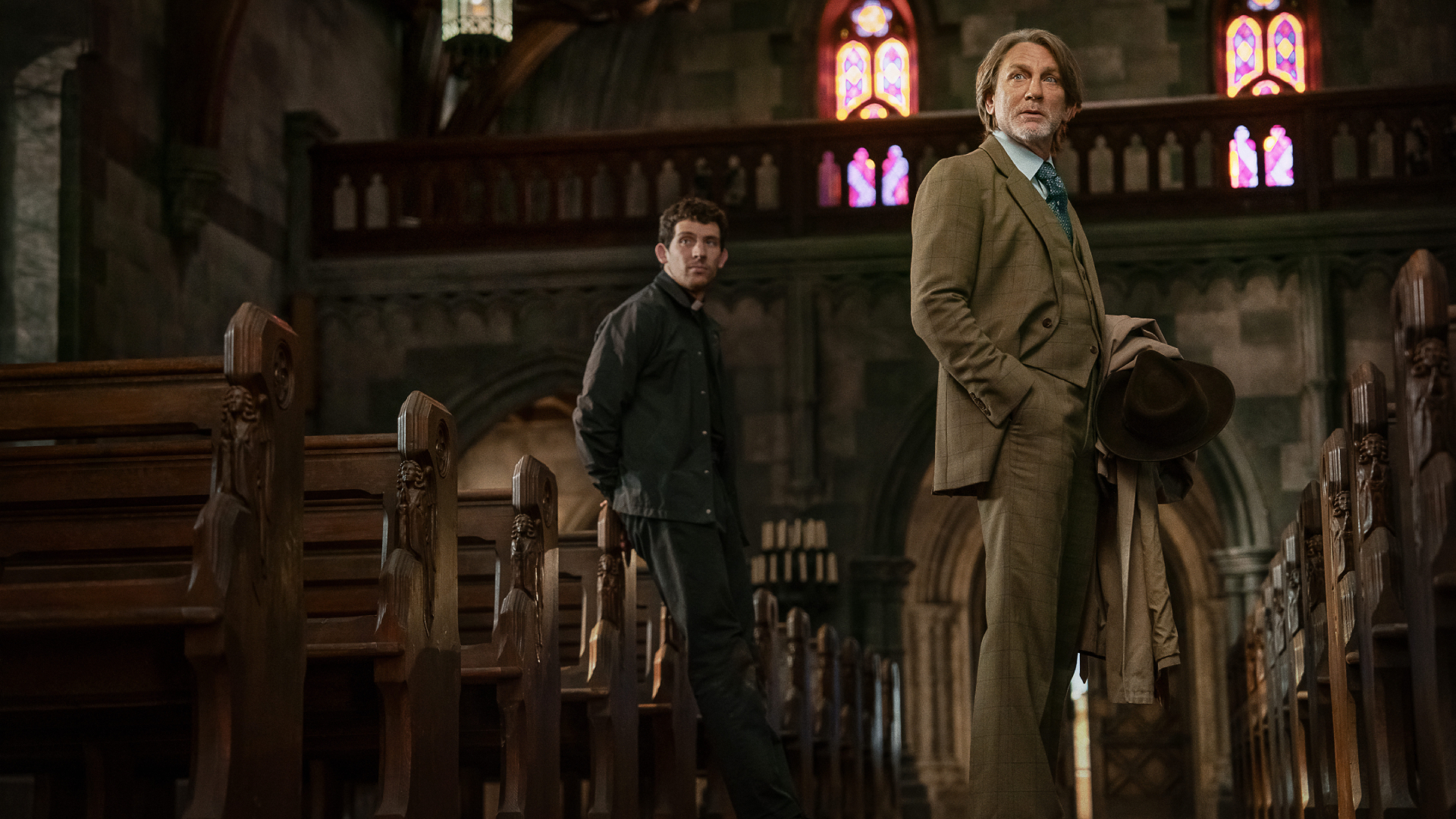"The shorthand is New Vegas in space": The Outer Worlds 2 directors double down on Fallout comparisons, and Obsidian isn't worried about setting expectations too high: "It's our pedigree"
Interview | Game director Brandon Adler and creative director Leonard Boyarsky discuss going all-in on Obsidian's classic formula, making fun of their boss, and moving in a different direction to Avowed
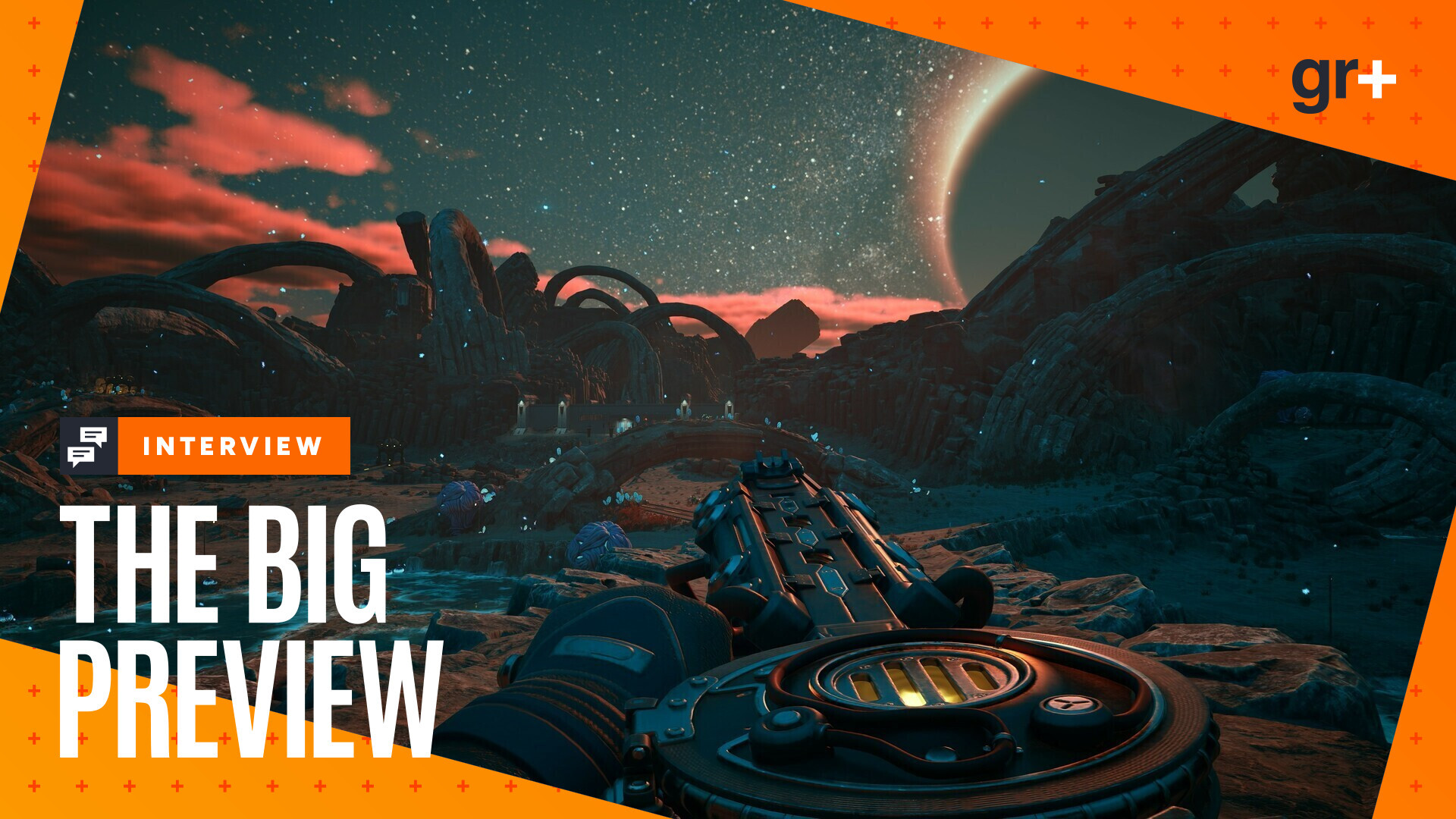
When Obsidian Entertainment revealed The Outer Worlds 2 earlier this year, it did so with a trump card. With no small amount of confidence, it repeatedly compared its upcoming sci-fi RPG to the studio's own Fallout: New Vegas – a pedigree so high that, frankly, I wondered if it was inviting trouble.
But having played The Outer Worlds 2 at Gamescom 2025, I see exactly where Obsidian is coming from. Building upon the sequel's predecessor, the razor-sharp writing and worldbuilding remains but it's housed within a far more expansive RPG; with a significantly greater focus on exploration and side content as opposed to the first Outer Worlds' tighter scope.
Still, having only played the prologue, I was keen to learn about the studio's thought process behind drawing those Fallout: New Vegas comparisons. Catching up with game director Brandon Adler and creative director Leonard Boyarsky, the thought process soon becomes apparent: The Outer Worlds 2 is like Fallout: New Vegas.
Here and Now
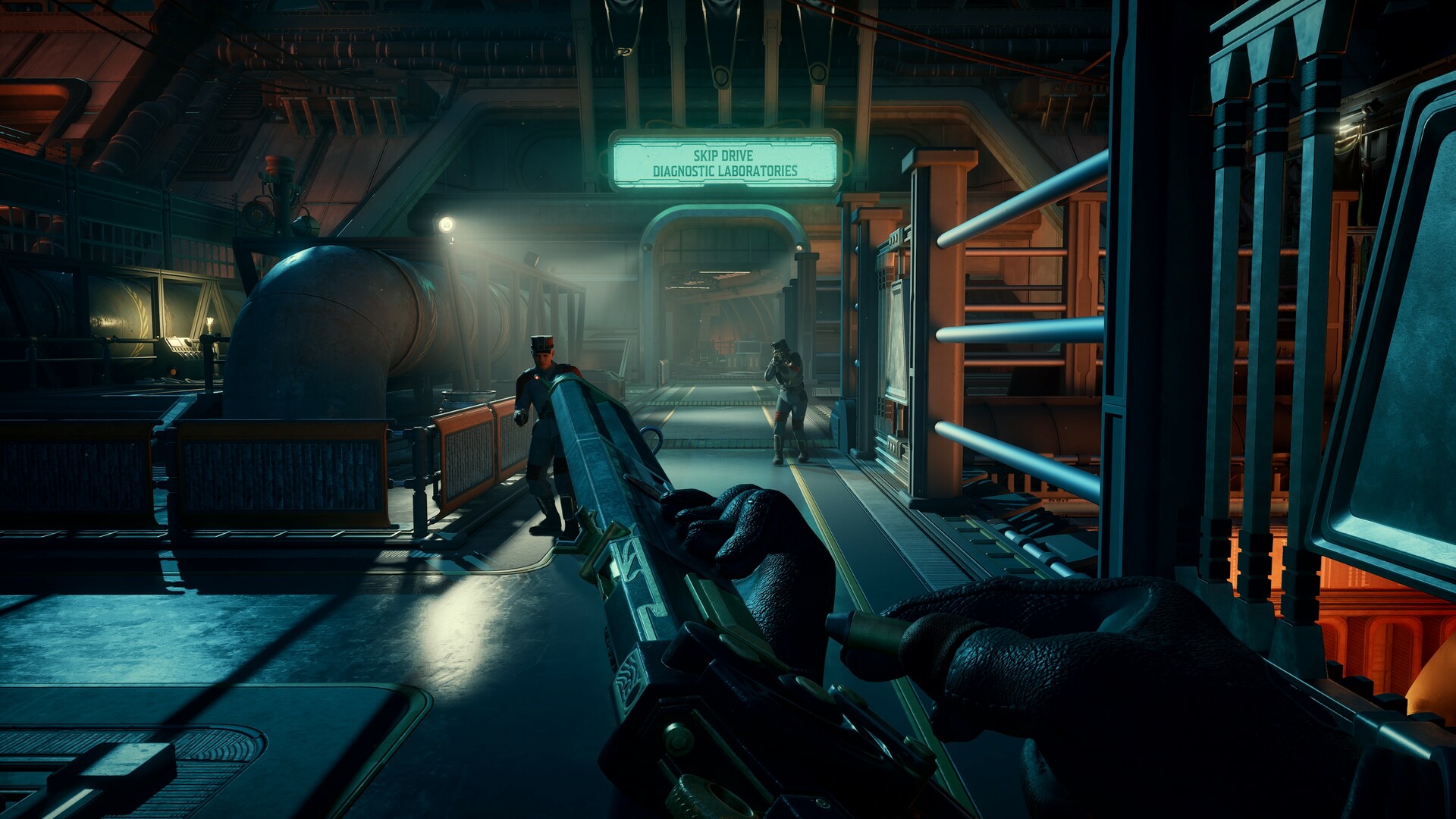
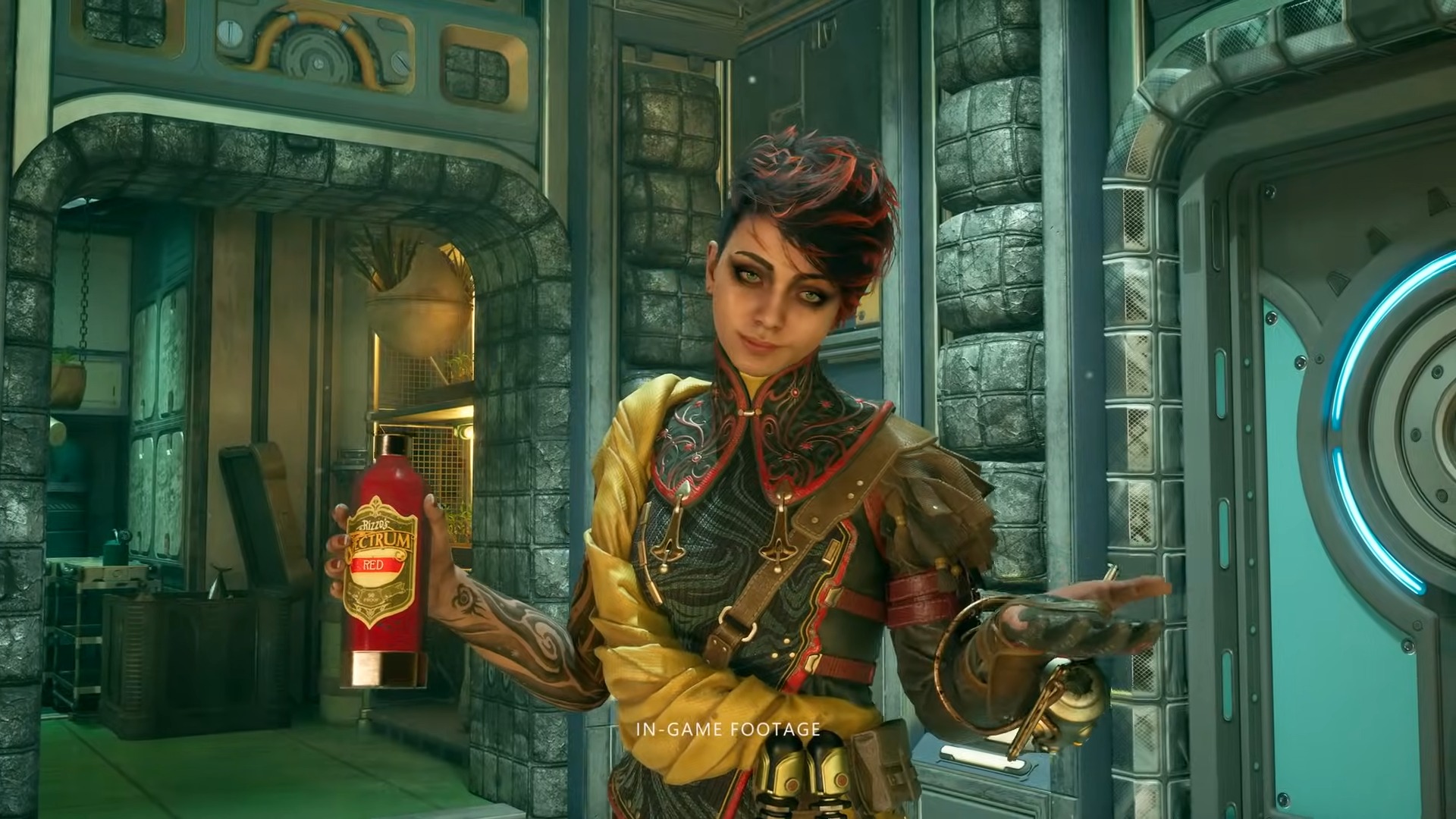
The more we anticipate from a game, the harder it becomes for its developer to deliver. So while The Outer Worlds 2's similarities to Fallout: New Vegas should be music to the ears of any RPG fans, it begs the question: does it set expectations too high?
"I don't ever worry about that stuff," says Adler. As game director, Adler says a lot of those comparisons came from "looking backwards" at Obsidian's history during The Outer Worlds 2's development. "Not even just Obsidian," he adds. "Interplay, the Black Isle part of Interplay, and Troika Games, because Troika also made a bunch of the formative RPGs that we really base ourselves on."
"And so New Vegas, to me, was a natural comparison. It had a lot of the elements that we knew we wanted to push forward: the deeper RPG, the more omnipresent factions and how they fit into the world, the type of open story that we wanted to tell, and even just the exploration of the world itself. We even have a bunch of people at the studio that have already worked on [New Vegas]. It just really matched the values that we were trying to hit on this next game."
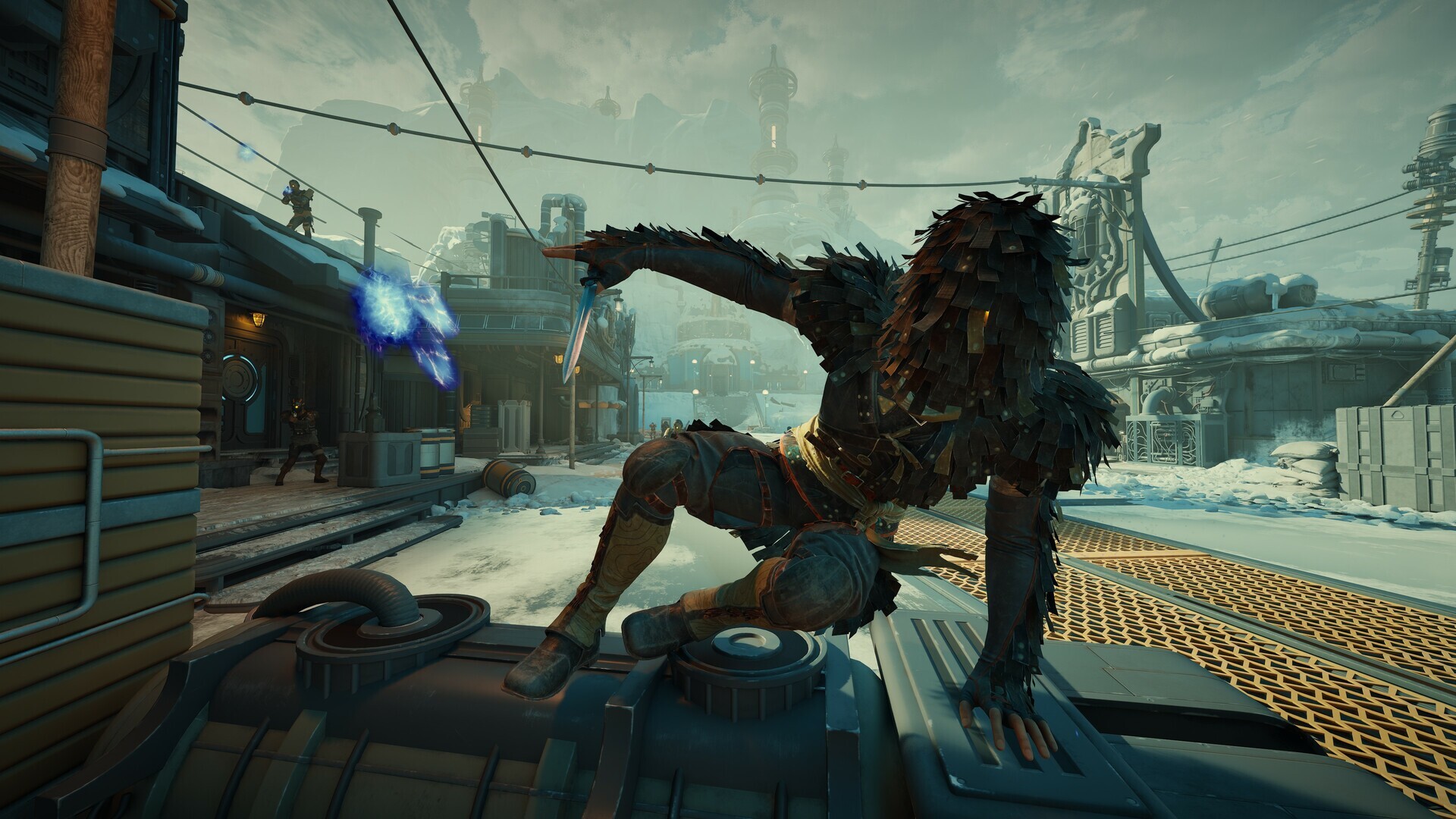
"If we had the time and money, we would have done what people sounded like they wanted – which the shorthand is New Vegas in space"
Leonard Boyarsky, creative director
Interestingly, Boyarsky helped to create some of the history that Adler points to. The creative director co-created the original Fallout at Interplay, and was project lead for Vampire: The Masquerade – Bloodlines at Troika Games. Having laid much of the path that Fallout: New Vegas would eventually follow, he agrees that The Outer Worlds 2 can finally lay claim to the comparisons that Obsidian actively avoided in the first game.
Weekly digests, tales from the communities you love, and more
"When we were trying to publicize the first game, no one knew what The Outer Worlds was," says Boyarsky. "We were like 'Okay, me and Tim made Fallout, and Obsidian made Fallout: New Vegas!' So then for almost every interview we did, we were like 'Okay, this isn't New Vegas in space. This is much smaller.' We were trying to set expectations. And a lot of people really loved the first game, but if we had the time and money, we would have done what people sounded like they wanted – which the shorthand is New Vegas in space."
The pair point out that it's less a case of The Outer Worlds 2 being an all-out successor to New Vegas, and more like Obsidian connecting with its roots as an RPG developer. "It's more like a touchstone," offers Boyarsky. "We're taking some of their lessons because they did some stuff really [well], but as Brandon said, it's just our pedigree. It's what we've always done."
Growing up
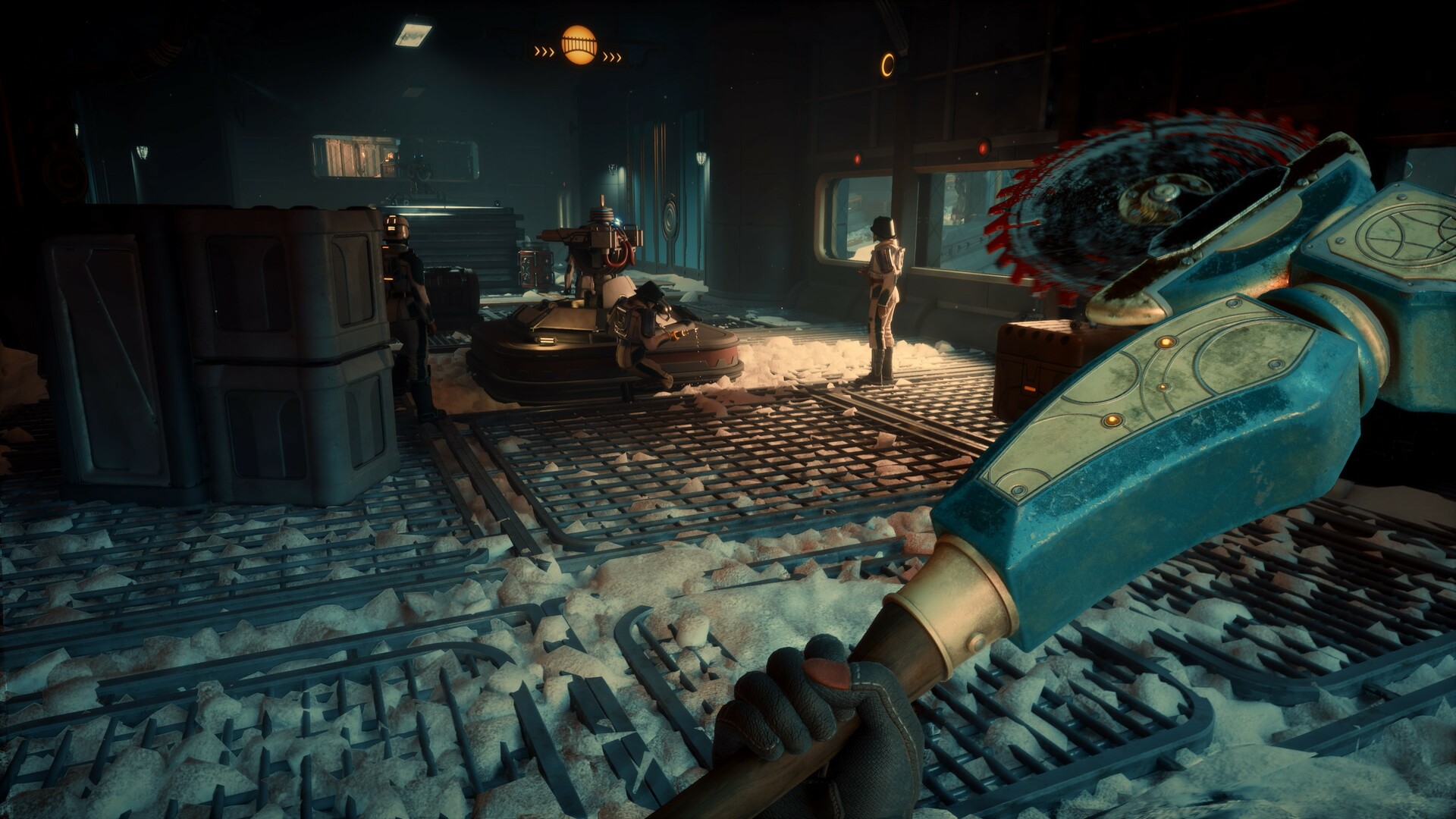
"The core path is maybe 10% or 15% of the total content that's actually there"
Brandon Adler, game director
As Boyarsky alludes to, the first Outer Worlds was much tighter in scope to other RPGs at the time. Our own The Outer Worlds review pointed to the game taking up roughly 25-30 hours to complete, and while no exact playtime estimates have been given for The Outer Worlds 2, both Boyarsky and Adler say that it offers far more for players to do beyond the main story.
It's interesting because while The Outer Worlds launched when sprawling open worlds were still the RPG genre's be-all-and-end-all, its sequel is now launching where shorter stories are becoming increasingly appealing. For Adler, who "talked to a lot of folks" during its development, the logic was simply a case of giving people what they had asked for.
"We saw that in general, what our fans really wanted was a much more expanded experience – more game to play," he explains. But Adler also points out that some people still want that snappier experience, which forced Obsidian to consider both sides of their fans' tastes.
"Obviously we wanted to make more, but I think what Tim and Leonard hit early on was really good, because there's some people that do like that tighter experience," says Adler. "So we made a game where the core path is maybe 10% or 15% of the total content that's actually there. So if people want, they can have that really quick core experience, and it'll feel really good. But there's a lot of extra game there for people who want more, and they can really explore and get the most out of that. So we just want players to choose how much of the game they really want to play, right?"
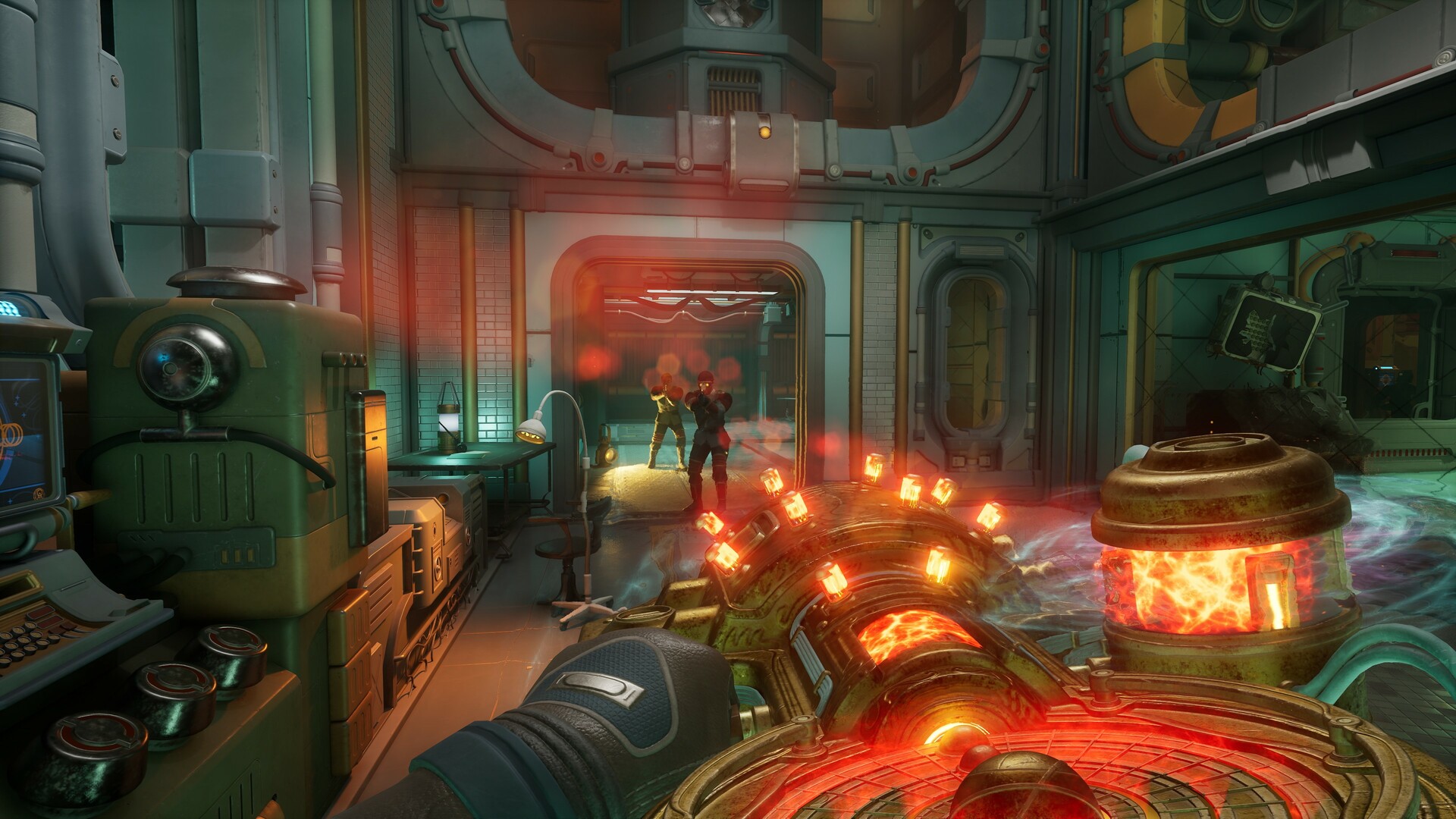
For Boyarsky, creating those dual pathways means considering them at a mechanical level. There are no "arbitrary gates" – meaning that to keep that core playthrough streamlined, content will only be locked behind prerequisite quests or actions when it's absolutely necessary for "story and logic-based" purposes. "We didn't put in anything where it's like, 'no you have to do this quest that has barely anything to do with what you want to do in the game before we're gonna let you do this other thing," he explains.
But for expanding on the game for RPG sickos, the answer was simple: the "sheer size" of The Outer Worlds 2 needed to be bigger. "That was one of the things that, to me, was disappointing in the first [Outer Worlds]," says Boyarsky. "If you have this universe, this new world, you want to explore! You want to feel like you're exploring, and you need square footage for that. Some people want to be able to find the little details about how a world works, or mini stories about people you don't even encounter – you just find a journal or their audio log – and we needed the space to do that."
"Our hope is that as you're progressing in the main quest, even if you're trying to be pretty focused on it, we'll draw you away from it with intrigue as opposed to forcing you down," he adds.
As anyone who's ever tried to focus on Fallout: New Vegas' main story will know, Obsidian has a knack for doing just that – baiting players away from the beaten path. From what I've played of The Outer Worlds 2, I certainly wouldn't trust myself to stay focused when there are so many deeper RPG systems in play. No, bigger isn't always better – but with the first Outer Worlds already proving the foundations are solid, few RPG fans will complain if there's more built upon it.
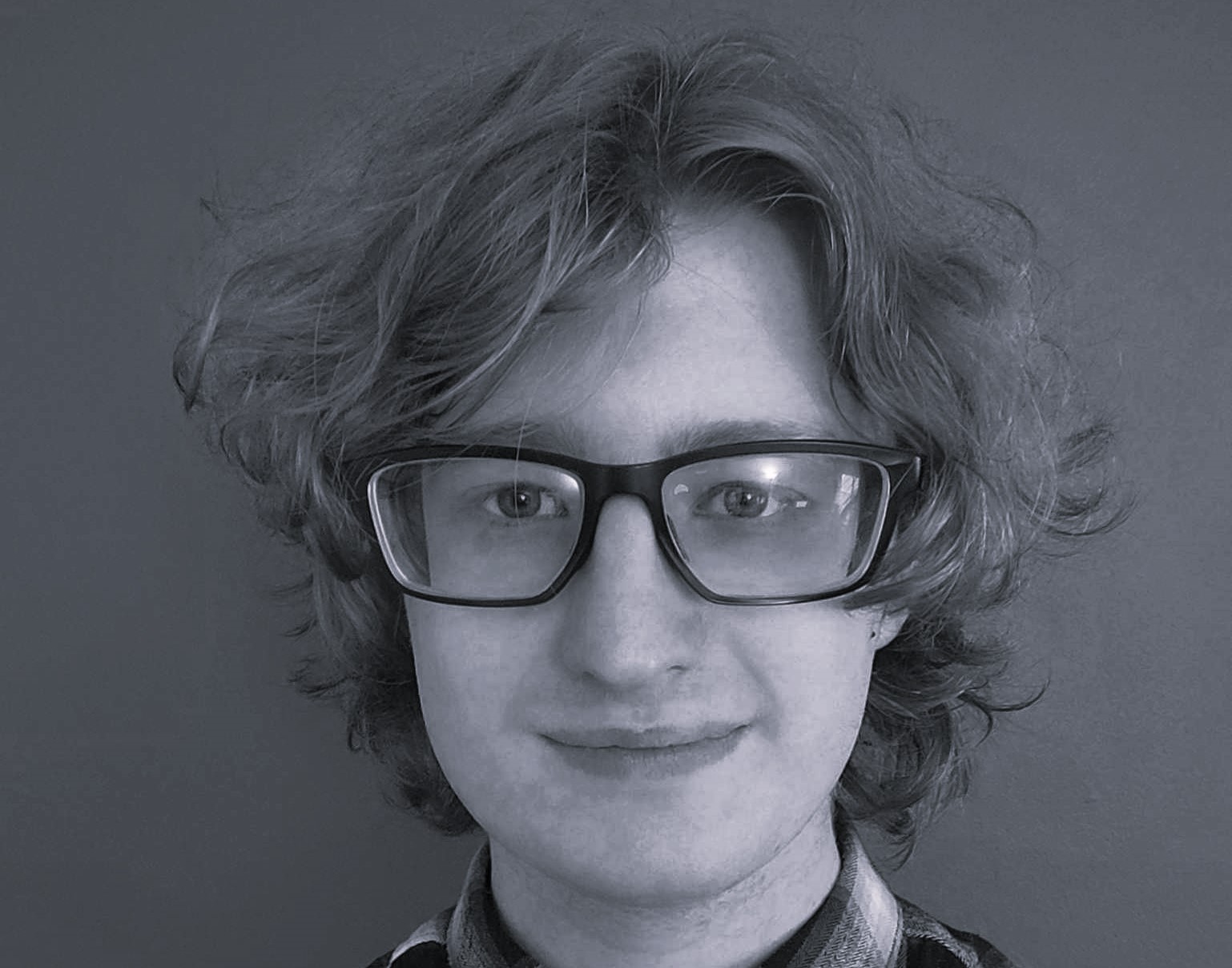
Andy Brown is the Features Editor of Gamesradar+, and joined the site in June 2024. Before arriving here, Andy earned a degree in Journalism and wrote about games and music at NME, all while trying (and failing) to hide a crippling obsession with strategy games. When he’s not bossing soldiers around in Total War, Andy can usually be found cleaning up after his chaotic husky Teemo, lost in a massive RPG, or diving into the latest soulslike – and writing about it for your amusement.
You must confirm your public display name before commenting
Please logout and then login again, you will then be prompted to enter your display name.
